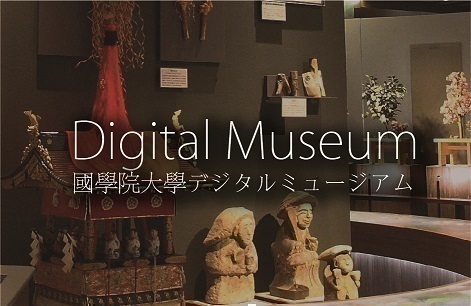- トップ
- Encyclopedia of Shinto
- § Tokushu shinji
Encyclopedia of Shinto
| Main Menu: | |
| Links: |
詳細表示 (Complete Article)
| カテゴリー1: | 5. Rites and Festivals |
|---|---|
| カテゴリー2: | Individual Shrine Observances |
| Title | § Tokushu shinji |
| Text | Observances with a special tradition among the rites performed at a particular shrine. Also referred to as "old-style/traditional festivals" (koshikisai). Unlike other contemporary shrine observances, they follow specific procedures and protocols and may have different structures. The widespread use of the expression tokushu shinji ("specific rites") is due in large part to a national survey of such rites collected in the Kankokuheisha tokushu shinji shirabe(Investigation of Specific Shinto Rites at National Shrines, five volumes, 1941) published by the Institute of Divinities (Jingiin). According to Kurabayashi Shōji, investigation of local specific rites flourished in all areas after the publication of the survey in the Taishō period. In January 1925, a lecture with the title Tokushu shinji ni tsuite ("On Specific Rites") was given by Miyaji Naokazu as part of a seminar for Shinto priests organized by the Ministry of Home Affairs. The written record of the lecture was published in two parts in Ōyashima, Vol. XIV, Sections 6 and 7. The lecture defined the nature of "specific rites" as having to do with their performance according to traditional custom, and not with their particular characteristics, the person who gave them their current name, or the period when they originated. However, the term tokushu shinji is understood to be in opposition to the concept of general, ordinary Shinto rites. As Miyaji notes, "specific rites" are set apart from the category of "ordinary rites", a term which he uses to refer to rites which had been systematized following the Meiji Restoration. Regulations for shrine rites were issued by the Bureau of Rites and Ceremonies (Shikiburyō) in 1875, promulgated by the Meiji government and remained in vigor until 1914. The Taishō edict on rites performed at shrines from the rank of imperial and national shrines downward contained detailed prescriptions on the types of observances, the conditions for the introduction of new practices, as well as the way worship, purification and funeral rites were to be performed. This led to the standardization of ritual procedures throughout Japan. The category of tokushu shinji grouped together observances which did not follow these common standards, being instead unique to individual shrines. Miyaji Naokazu identified the following distinguishing characteristics of tokushu shinji: 1) their practice is not widespread, 2) they have a specific connection to the shrine where they have been transmitted, 3) although they may have originally had widespread distribution, they underwent changes which made them unique to a specific shrine, 4) tokushu shinji include a large number of rites performed as part of an overall festival, as well as rites with a private character. Miyaji stressed the importance of observing "specific rites" for the insights they offer into aspects such as 1) the distinctive character of each shrine, 2) the nature of the saijin (enshrined kami) and the shrine, 3) the reason for the existence of shrines and ujigami (ancestral/tutelary kami) beliefs, while at the same time 4) recognition of the specificity of a certain rite can offer shrine parishioners an opportunity to take renewed pride in their traditions. Whereas Miyaji approaches the nature of "specific rites" comprehensively, these rites can be classified based on their content. Thus, a first category of rites are concerned with ancient practices such as hunting or agriculture, including rice planting rites known as onda, onden, otaue, or taasobi, and harvesting rites, as well as divination rites such as kayuura (rice gruel divination) meant to determine whether a year's harvest will be bountiful or not. A different group contains those shrine rites which have incorporated calendrical and occasional community observances, such as gosekku ("five seasonal festivals"), yabusame (horseback archery contests), kurabeuma (horse racing). Some "specific rites" are derived from Buddhist rites such as the goōin rite for warding off evil or the tsuina rite for expelling demons, which had been originally performed as part of the shujōe a New Year ceremony held with the purpose of protecting the emperor and the state. Rites such as shin'yo (processions of sacred palanquins), shinkōsai (festivals involving the travel of the kami away from their shrines), otabisho (enshrinement at temporary locations) and oracles are included among tokushu shinji. Given their popular roots, these rites are often centered on folk beliefs and attract a great deal of public interest. "Specific rites" are not subject to the regulations on rites and festivals of the Association of Shinto Shrines (Jinja honchō). — Mogi Sakae |




